KIT724-Assignment3-AR
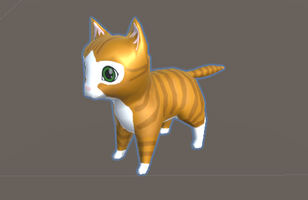
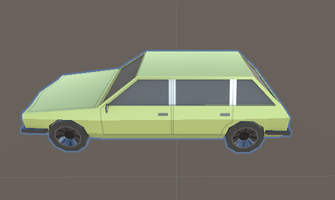
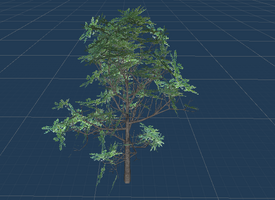
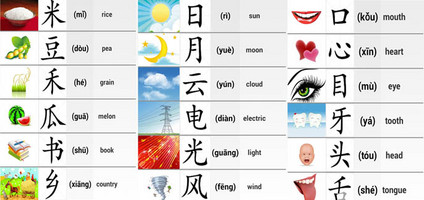
1. Introduction
When learning a second language, the logographic system is a very difficult part, such as Chinese characters in Chinese and Japanese. This Augmented Reality (AR) application can help children learning logogram language as a second language easier.
2. Description of the application
The purpose of this application is to create a connection between the writing system and the real world so the language learner can understand the characters better.
Chinese characters are developed logograms used to write Chinese. They have also been modified to write various East Asian languages, and they continue to be an important part of the Japanese writing system under the name kanji(Wikipedia 2022). Hanja, or Chinese characters, are widely used in South Korean academics to examine the country's records, documents, history, and literature. Before switching to a Romanised alphabet, Vietnam first wrote Vietnamese using Chinese characters and then their own version.
Traditional learning methods could be boring because logograms are characterized by being unrelated to the pronunciation of the word they represent.

To help learn Chinese characters, some methods use pictures to enhance fun and efficiency. However, this brings another problem. The pictures are always present next to the text so the learners do not need to actively think and recall, instead, they passively receive this information.
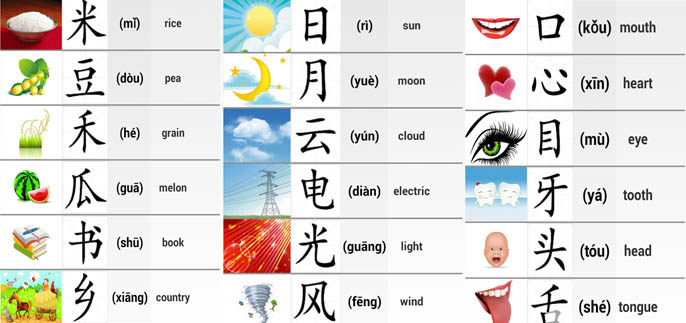
To help improve the above problem, the traditional method is difficult to do an interaction to toggle the picture display. With the help of AR technology, such interaction can be easily made. It has been shown that using technology to enhance Chinese character learning and teaching is effective (Zhan & Cheng 2014). While an AR system having effectiveness for improving Chinese character learning performance has also been reported (Wen 2018).
Therefore, this application using AR technology presents a game-like method to learners especially for kids. It provides more attractive and effective way in learning Chinese characters.
3. Interaction Design
As mentioned above, traditional method can only display character only or with picture. If learners choose to learn with picture, the picture will always display next to the character, so learners have no space to actively practice their memory. This reduces the efficiency of learning as learner always able to see the answers.
With this AR application, learners can decide when to display the character’s corresponding 3D model, so before this model popup, they have time to actively recall what does the character mean and this enhance the learning efficiency.
After this AR app launched on mobile phone, users can point their mobile phone camera to the target if they cannot recall the meaning of the character. Then this AR app will pop up the 3D model of that character so learners can memorize the meaning.
This AR app also provide bilingual pronunciation of Chinese characters for learns to practice reading and listening. Apart from reading the character, the pronunciation is a difficult problem in traditional learning methods. In this app, when users checking the 3D model of character, they can click the audio button to play the pronunciation recording of the character.
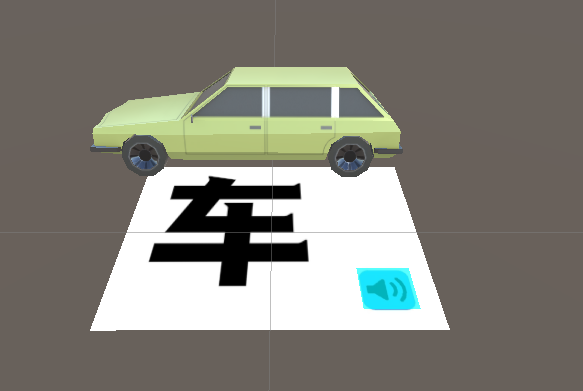
Storyboard
Upside: Traditionlly
Downside: With AR
 With character only, leaner does not know the meaning if he is struggling | 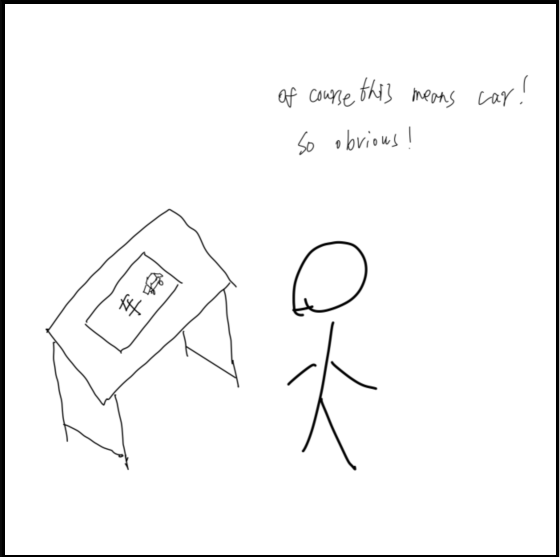 With character and picture, learner knows it too easy so no thinking and memorizing process |
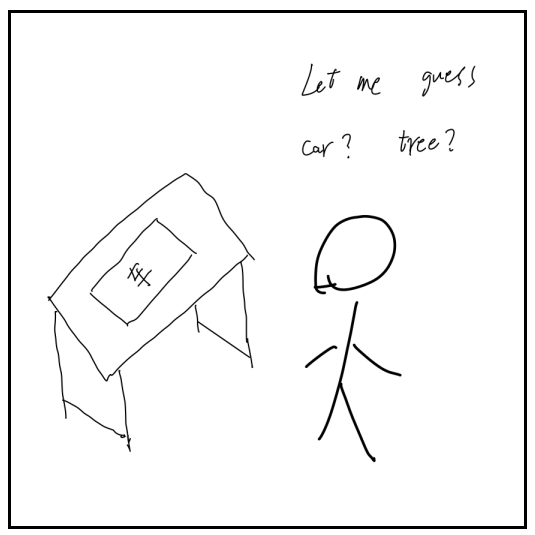 Using AR, learner can think first |  Use AR app to get the answer |
Figure 3 Storyboard
4. Technical Development
This AR application is developed with Unity(3D) with Vuforia and targeted to Android mobile phone. With Vuforia we can easily track the pre-provided images and display 3D object in real time. In addition, there is virtual button inside the application for interaction and this is implemented by extra script.
5. Descriptions of 3D Models
Three Chinese characters are chosen in the demo AR app and each character has a corresponding 3D model.
These three characters and models are ‘car’, ‘cat’ and ‘tree’.
 | 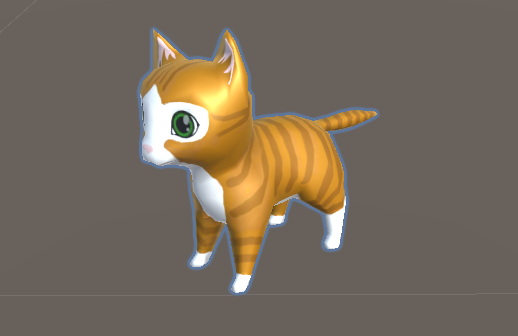 | 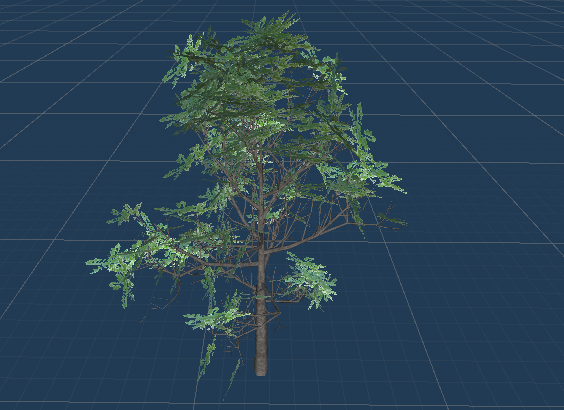 |
| car | cat | tree |
Figure 4 Character 3D models
6. References
6.1 Academic articles
Zhan, H & Cheng, HJ 2014, ‘The Role of Technology in Teaching and Learning Chinese Characters’, International Journal of Technology in Teaching and Learning, vol. 10, no. 2, pp. 147-162.
Wen, Y, ‘Chinese Character Composition Game with the Augment Paper’, International Forum of Educational Technology & Society, vol. 21, no. 3, pp. 132-145.
6.2 Websites/3D models
Wikipedia 2022, https://en.wikipedia.org/wiki/Chinese_characters
Figure 1: https://www.archchinese.com/
Figure 2: Hanbridge Mandarin 2017 https://www.hanbridgemandarin.com/article/chinese-learning-tips/basic-easy-chine...
Assets of 3D models
Car
Name: Simple Cars Pack
Author: MyxerMan
URL: https://assetstore.unity.com/packages/3d/vehicles/land/simple-cars-pack-97669
Cat
Name: Free chibi cat
Author: Ladymito
URL:https://assetstore.unity.com/packages/3d/characters/animals/mammals/free-chibi-c...
Tree
Name: Realistic Tree Pack Vol.1
Author: PolyFix
URL: https://assetstore.unity.com/packages/3d/vegetation/trees/realistic-tree-pack-vo...
Leave a comment
Log in with itch.io to leave a comment.